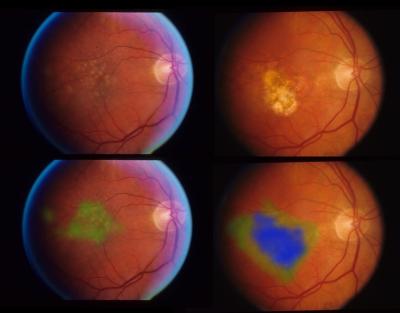AI-based Systems Can Help Identify Rapidly Advancing Age-Related Macular Degeneration

Researchers supported by the National Eye Institute (NEI) are developing artificial intelligence/machine learning (AI/ML)-based systems that not only screen for AMD but also predict which patients will likely progress to late within 2 years, according to the NEI. The systems also evaluate separately one’s risk for developing late wet AMD from one’s risk for late dry AMD.
Such systems are autonomous, meaning that they can deliver clinical and diagnostic information on their own, without the need for expert interpretation. They are developed by training a deep convolutional neural network, a type of AI, on large datasets comprising thousands of patients with known outcomes. The network extracts features from these patients’ retinal images—features such as the size and type of drusen and pigment abnormalities. Imaging data are then combined with other patient data such as age, smoking status, genetic profile, and eye disease outcome. With enough data, the network begins to detect patterns that can aid screening and prediction.

Color fundus photos of the retina show early AMD (left), with a heat map generated by iPredict (green) highlighting the affected area. Images taken four years later from the same patient show progression to late stage (blue) AMD. Credit: Alauddin Bhuiyan, Ph.D.
